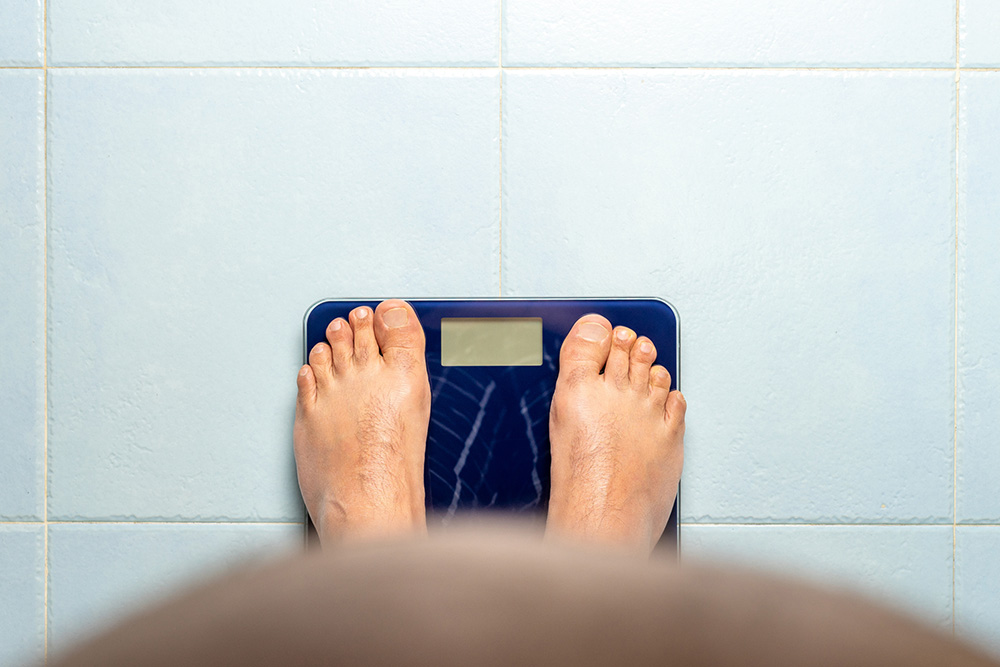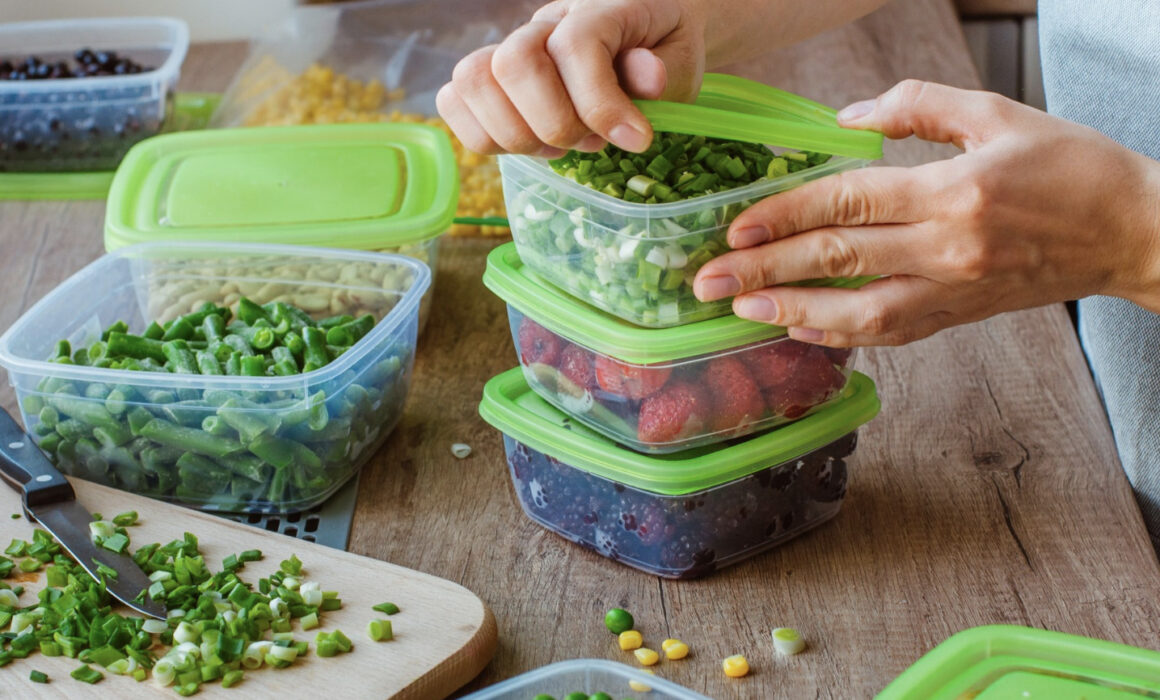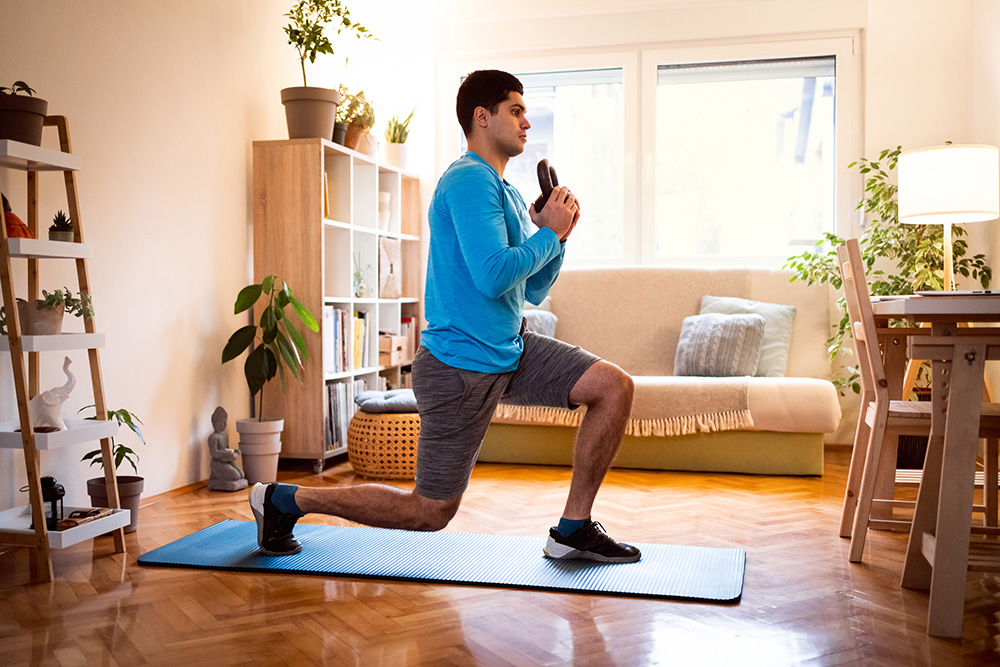Store cupboard essentials for healthy eating
When you’re trying to eat well, keeping a few kitchen essentials in makes it so much easier to throw together a healthy meal.
It can be overwhelming to know what to eat when you’re losing weight. Social media will have you believing that you need expensive protein powders, photogenic superfoods, and an abundance of expensive fresh veg.
But while it would be nice to eat that way, healthy eating doesn’t need to be fancy (or expensive). Eating inexpensive basics is good for your body and your bank balance, and you can always build on your supplies. If your cupboards are bare because you eat out a lot, or you just don’t know where to start, here are a few things to keep in to help you start making delicious healthy meals.
Dried goods
Pasta. It’s quick to make, versatile and even the fussiest of kids usually like it. Add a sauce, veg and a source of protein and you’ve got yourself a good meal. You can choose wholewheat varieties for a fibre boost or go for black bean or lentil pasta, which are a good source of protein.
Rice. It’s cheap and filling, elevates a curry or chilli and is a good accompaniment for a stir fry. Brown rice is higher in fibre, and rice pouches are a speedy and convenient alternative to bags of dried rice. If you eat a lot of rice, consider getting a rice cooker (you can pick one up for around £25) for perfect rice each time.
Noodles. Any type of noodle is good, from uber-thick udon noodles to incredibly thin thread or rice noodles. Add them to a stir fry or try in soup for a satisfying lunch.
Oats. Porridge makes for a fantastically filling breakfast and can also be used for an energy-rich granola or flapjacks. You can even use oats to thicken up a bolognese or a stew.
Canned goods
Canned foods have a long shelf life, which makes them ideal for keeping in the cupboard for when you need them, even if you’re not sure when that’ll be.
Veg. Chopped tomatoes are one of the most versatile ingredients you can keep in – use for sauces, casseroles, chillies, curries, traybakes and more. Tinned potatoes can be used for a cheap potato salad, or they can be cooked in the air fryer to make quick roast potatoes. Don’t overlook tinned veg like peas, sweetcorn, and carrots either to help get you towards your 5 a day without worrying that they’ll rot before you can get to eating them.
Fruit. Look for the kind in juice rather than syrup, as they’ll be lower in sugar. Tinned fruit is handy to keep in for a sweet treat, and they can be used straight from the tin or used in cooking. Peaches, pineapple and mandarins are particularly good as they retain their taste and texture when canned.
Legumes and pulses. These provide great value and pack a lot of nutrients. They’re high in fibre and protein and go a long way to bulk out dishes. Use kidney, cannelloni, haricot and butter beans in chillies, stews, and veggie patties. Add lentils to curries, salads or bolognese. Use chickpeas in Indian or Moroccan inspired recipes, mash them to make falafel or blend with garlic and olive oil for a yummy hummus. It’s cheaper to buy dried legumes and pulses, but they require soaking for long periods before you sue them, so unless you’re super organised, the tinned varieties are more convenient.
Fish. Tuna, salmon, sardines and mackerel can be used in sandwiches, pasta salads and bakes, for fishcakes or simply spread on toast for a quick meal.
Condiments
Tomato ketchup. Sometimes all you need is a squeeze of this classic dip to take a meal from zero to hero, but use it in moderation as it can be high in sugar.
Mustard. This packs a flavour punch and tastes great in loads of dishes, from adding to meat to macaroni cheese.
Vinegar. Balsamic and red or white wine vinegar add acidity to dishes, which brightens flavours. Fancy vinegars can be on the expensive side, but a little goes a long way so it should last for a long time.
Peanut butter. Natural, no added sugar peanut butter is nutrient and energy rich. It can be high in calories depending on how much you eat, but it makes for a good snack. Add it to porridge or toast for breakfast, or use it in a satay sauce for a savoury treat.
Tabasco, sriracha, chipotle and Worcestershire sauce are other handy condiments to have in to add a kick of flavour to dishes.
Oil
Olive oil is considered the healthiest of plant oils. It has beneficial effects on our gut microbiome and can help reduce our risk of heart disease and type 2 diabetes thanks to being high in monounsaturated fats (that’s the ‘good’ type of fat). Choose a good quality oil and use a spray bottle to dispense it, as this’ll help cut down on how much you use, which cuts down on added calories.
Seasoning
Stock cubes add instant flavour to soups, stews and more. Varieties include vegetable, beef, and chicken. Go for a low salt option if you can as they tend to be high in salt otherwise.
Dried herbs and spices. Build up your spice rack gradually as you experiment with different flavour combinations – there’s no need to buy out the supermarket’s entire range all at once. Curry powder, cumin, oregano, rosemary, paprika, dried garlic and onion powder are all common in many recipes, and chilli flakes add an instant kick to meals.
Learning to cook healthy meals takes time and you’ll soon get used to the ingredients you need most often. Remember that you don’t need to spend a lot of money, build up your kitchen stock bit by bit and enjoy experimenting with new things. You’ve got this.









